Prepare to feel crazy healthy.
6 Superfood Swaps to Up Your Nutritional Game
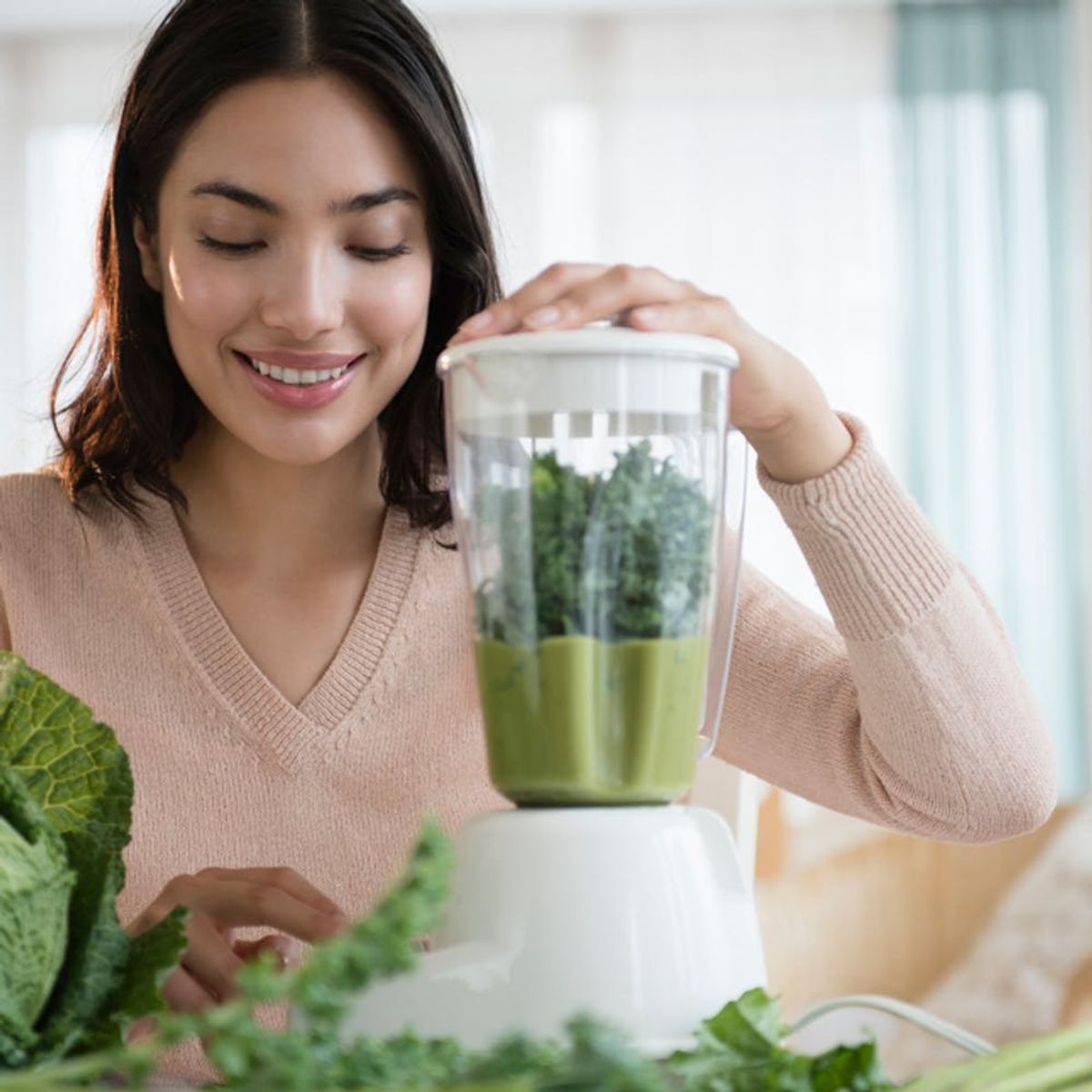
No matter which superfood you choose — whether it’s Moringa, acai or kale — you’re going to reap the benefits of eating super nutrient-dense foods. That said, there are some varieties that pack more nutritional punch than others. But when you can choose something similar to what you’re already eating that is actually healthier, why wouldn’t you? We polled top nutritionists to find out which superfoods they prefer over others and why, plus how to make the switch from one to the other. Prepare to feel crazy healthy.
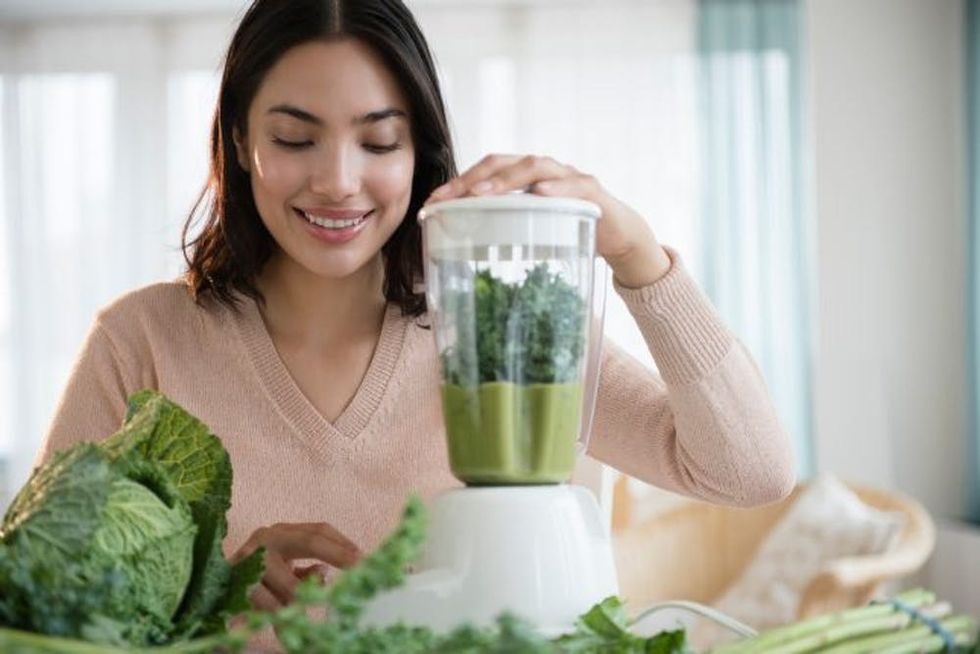
1. Instead of spinach or kale, go for broccoli rabe. If you’re cooking up a veggie side dish, spinach and kale are both healthy choices, but broccoli rabe is better for a few reasons. While spinach is packed with vitamins A and K and has anticancer benefits, Keri Glassman, MS, RD, CDN, and founder of Nutritious Life and the Nutrition School, explains that “conventional non-organic spinach stands highest on the list of vegetables with pesticide contamination, according to the USDA Pesticide Data Program.” So if you can’t get organic spinach, swap it for broccoli rabe.
What’s so great about broccoli rabe? First, it doesn’t make the list of the most highly contaminated vegetables. Woo! “It also contains less calories, less sodium and more iron than kale,” Glassman says. She also says that it’s a good idea to mix up your leafy greens regularly in order to balance out the nutrients you’re getting, so broccoli rabe is a fun, new choice.
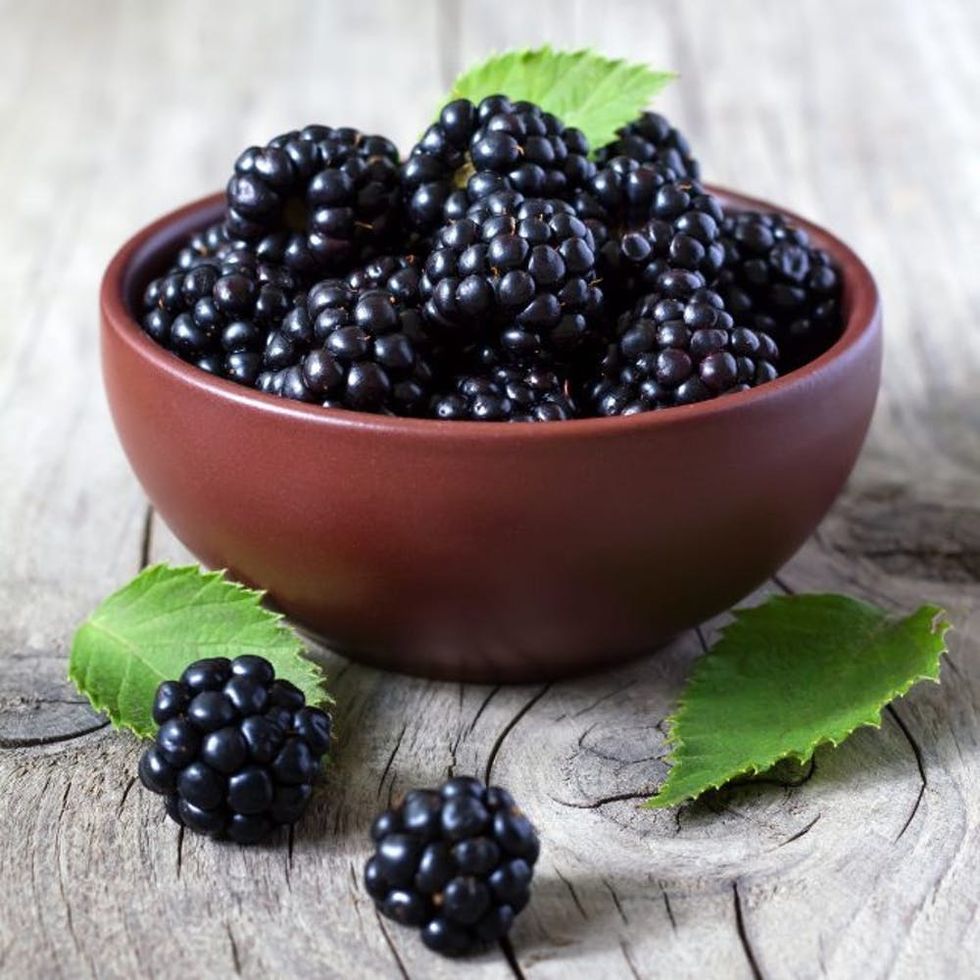
2. Instead of blueberries or strawberries, go for blackberries. All berries are superfoods, but dietitian Sarah Krieger notes that blackberries are high in anthocyanins, pigments found in certain foods which are known to be cancer fighters. “Blackberries also have more fiber than their berry friends for the same portion,” she explains.
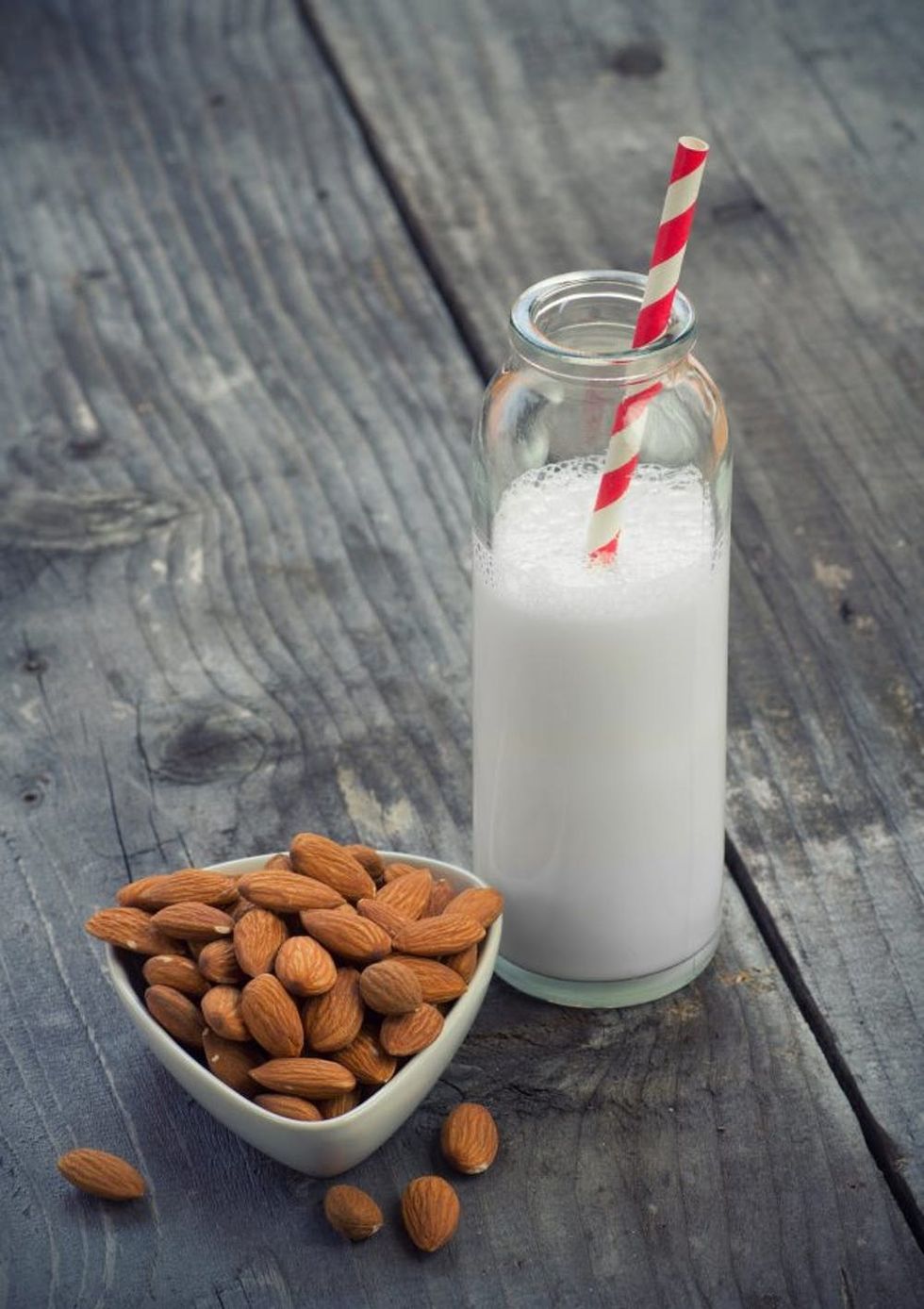
3. Instead of pre-bottled fruit and veggie juices, go for plant-based protein powder and almond milk. No matter how healthy they may seem, pre-bottled juices (even veggie ones!) often contain a ton of sugar. And that doesn’t necessarily mean artificial sugar is added. “Even if a juice proves to have a totally natural ingredient list full of only fruits and vegetables, it’s easy for the sugar content to be overdone,” says Glassman. “These juices offer you sugar, but not much else,” she continues. Why is their nutritional value so low? When fruits and veggies are made into juice, they’re stripped of their natural fiber, which also means they won’t leave you feeling full and satisfied. Instead, Glassman suggests a plant-based protein powder mixed with almond milk. “This is a perfect mix of healthy fats, proteins and carbs to energize you and satiate your hunger — without spiking your blood sugar,” she says.
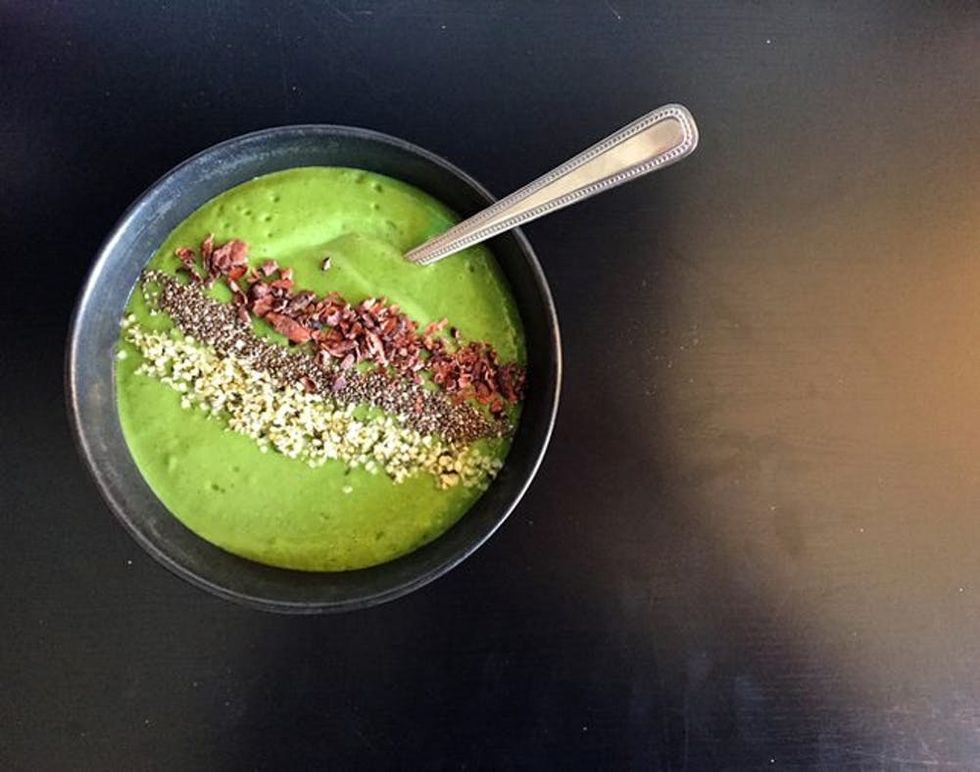
4. Instead of chia seeds, go for hemp seeds. Chia seeds are delicious and add a unique texture to pretty much anything you put them in, but Marie Spano, a sports dietitian, thinks there’s a better seed choice out there. ”If you plan on adding seeds to your yogurt, smoothie or salad, choose hemp seeds over chia,” she says. “Just one serving contains nearly half the amount of magnesium you need each day (and double the amount in chia seeds), in addition to 20 percent iron and zinc and double the protein of chia seeds.” So yeah, you’re going to get a whole lot more out of your smoothie bowl with this simple swap.
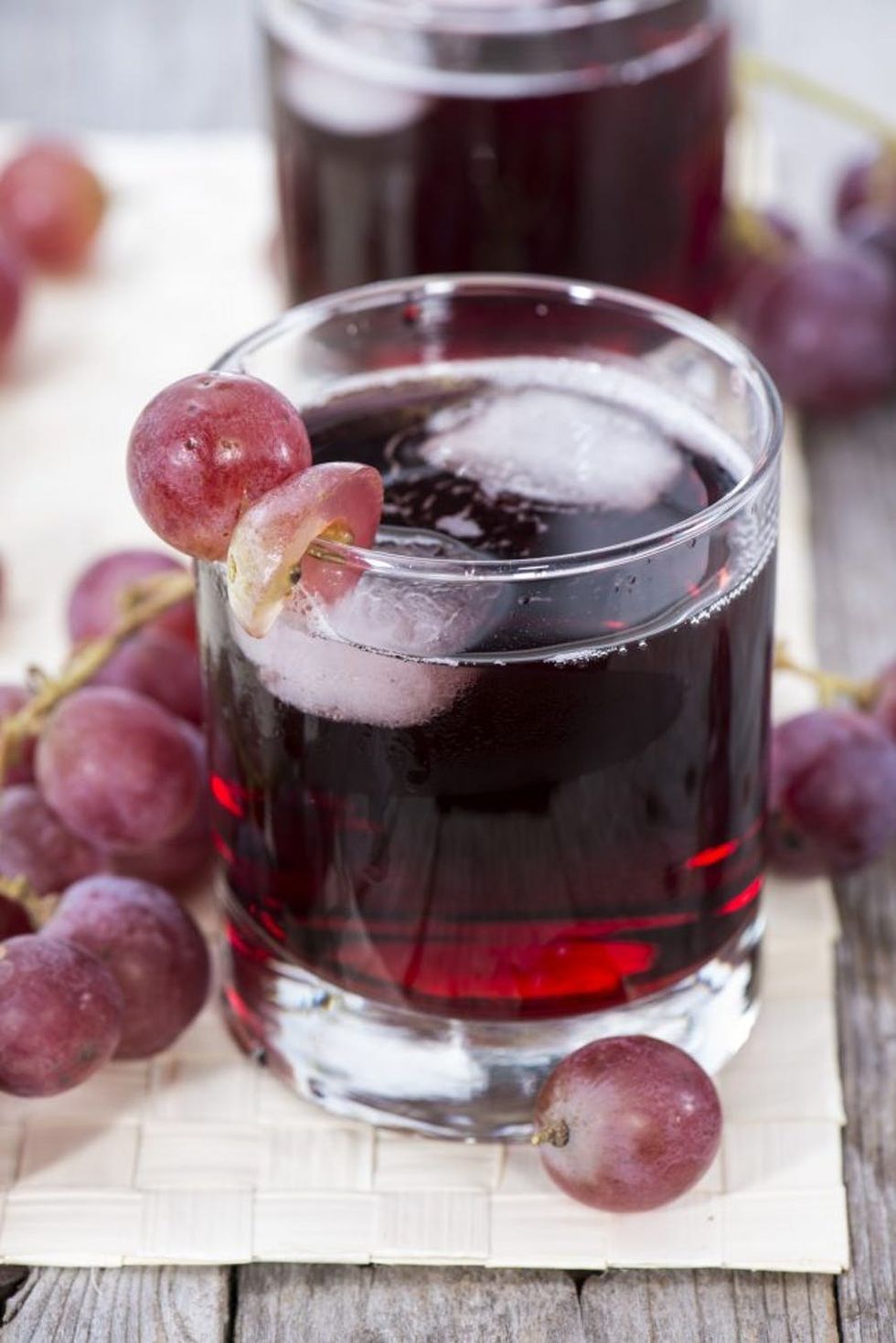
5. Instead of superfood powders, go for 100 percent grape juice. You’ve probably seen superfood powders in grocery stores, and while they seem like an appealing way to get nutrients, Spano says they’re not all they’re cracked up to be. “Instead of superfruit powder blends, which may have some of their ingredients destroyed during processing to turn it into a powder, leaving you with less nutrition in your glass, opt for 100 percent grape juice made with Concord grapes.” Yup, grape juice. Just like when you were a kid. “It packs a powerful punch with 250 milligrams natural grape polyphenols (a type of phytochemical found in plants that has antioxidant properties), is an excellent source of vitamin C and has nearly 20 years of research showing it helps support a healthy heart.” Sign us up.

6. Instead of sweet potato, go for butternut squash. Sweet potatoes are all the rage — and for good reason. We mean, sweet potato fries, right!? Sarah Asay, dietitian at bistroMD, says that instead of a roasted sweet potato, you should give butternut squash a try. Why? “It has less calories and net carbohydrates (total carbohydrate minus fiber) per serving. The carotenoids (AKA plant pigments) that give this winter squash a vibrant color also provide over half our daily needs of vitamin A in just one cup!” Vitamin A boosts your immune system and keeps your eyes healthy, so we’d say that’s pretty crucial.
Would you try any of these superfood swaps? Tell us what you think @BritandCo!
(Photos via Getty)



















